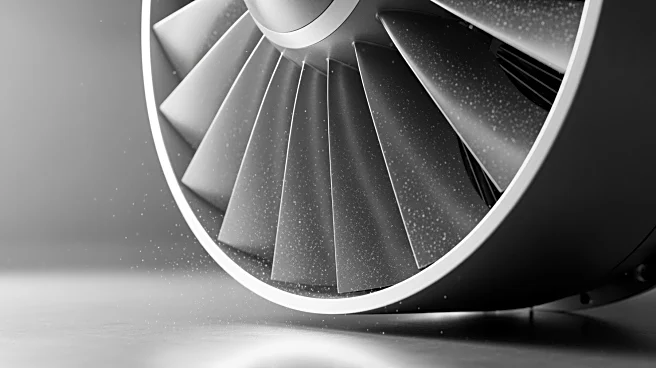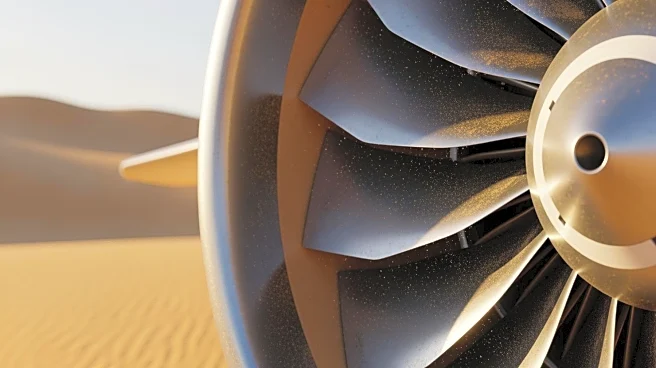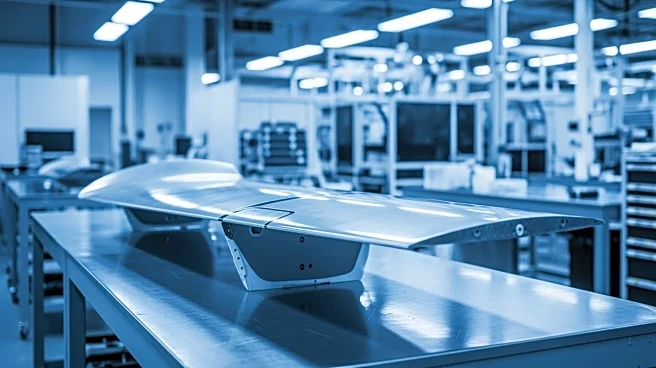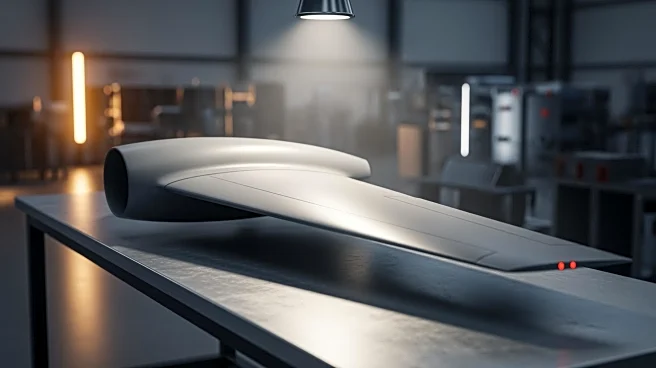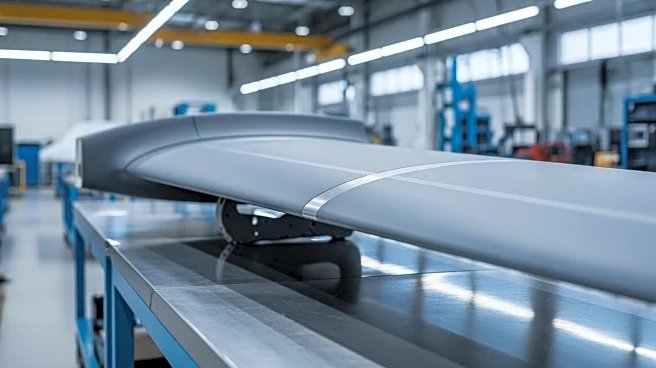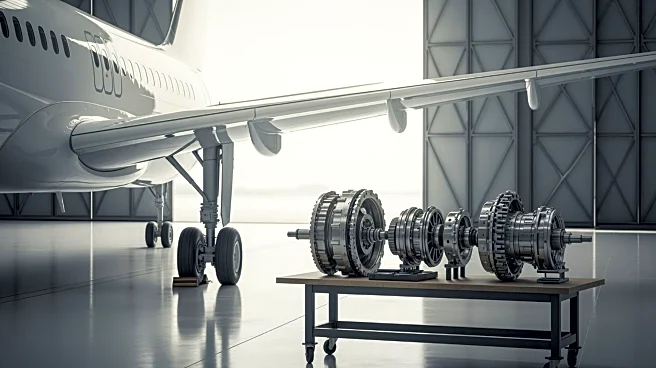What's Happening?
Rolls-Royce has successfully completed a series of dust-ingestion tests on the Trent XWB-97 engine, used in the Airbus A350-1000, at its Derby, England site. These tests focused on high-pressure turbine
blade and hot-section systems improvements to counter durability issues caused by atmospheric particulates in harsh environments like the Middle East. The initiative aims to double the engine's time on wing in such conditions and improve performance in more benign environments.
Why It's Important?
The successful completion of these tests is crucial for Rolls-Royce as it seeks to enhance the durability and reliability of its engines in challenging operating environments. This development is significant for airlines operating in the Middle East, where dust-related issues can impact engine performance and maintenance costs. Improved engine durability can lead to reduced operational costs and increased efficiency for airlines, potentially influencing fleet decisions and market competitiveness.
What's Next?
Rolls-Royce plans further testing in 2026 to fine-tune design changes, particularly blade cooling patterns, and conduct flight tests of the updated configuration. These efforts aim to ensure that modifications do not impact baseline engine operability. The company is confident in its technological solutions and testing regime, which represent the in-service experience, bolstering future sales campaigns for the A350-1000 in the Gulf region.
Beyond the Headlines
The advancements in engine durability reflect broader trends in aerospace technology, focusing on sustainability and efficiency. As airlines seek to reduce environmental impact and operational costs, innovations like these play a critical role in shaping the future of air travel. Rolls-Royce's efforts to address dust-related issues also highlight the importance of adapting technology to specific regional challenges.
